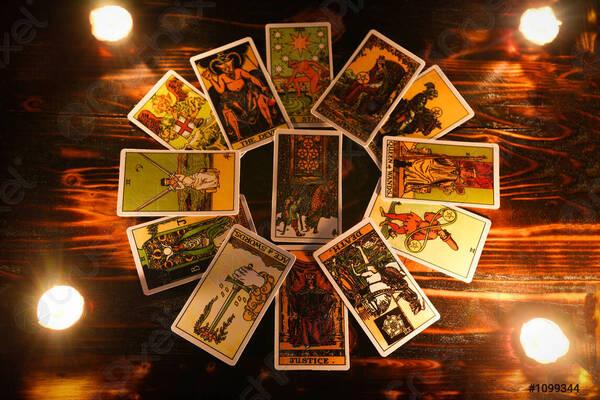CINNABAR

Also known as: Dragon’s Blood, Vermilion, Red Sulphide of Mercury
Category: Alchemy • Magical Substances • Minerals
Definition and Nature
Cinnabar is the vivid red crystalline form of mercuric sulphide (HgS) — a mineral long regarded as both poison and panacea, embodying the dual nature of transformation that lies at the heart of Alchemy. Its deep scarlet hue symbolises life, vitality, and the blood of the dragon, the alchemist’s emblem of primal power and regeneration.
Cinnabar occurs naturally in volcanic regions and hot springs, often found in the same deposits as native mercury. It is the principal ore from which quicksilver (liquid mercury) is extracted — a metal that fascinated alchemists for its mysterious, living quality.
Alchemical Significance
In traditional Hermetic Alchemy, cinnabar was revered as one of the key substances of the Great Work. It represents the union of sulphur (soul) and mercury (spirit) within matter — the fusion of opposing principles necessary for transmutation.
When heated, cinnabar releases mercurial vapours, which condense into liquid mercury, symbolising the liberation of spirit from its corporeal prison. This process was interpreted as a microcosmic reflection of spiritual purification: the release of the divine essence hidden within the material form.
The red residue left behind after sublimation was thought to embody the fixed soul, while the mercurial distillate represented the volatile spirit. Through repeated cycles of heating, cooling, and recombination, the alchemist sought to perfect this union, eventually producing the Philosopher’s Stone — the ultimate substance of transformation and enlightenment.
Symbolism and Magical Associations
Cinnabar’s radiant colour led to its identification with the element of Fire, the planet Mercury, and the Dragon, ancient symbol of both wisdom and chaos. In Chinese alchemical and Taoist traditions, it was known as Zhu Sha (朱砂) and played a central role in the quest for immortality elixirs, though its toxic nature often proved fatal to those who consumed it.
In Western magical practice, cinnabar was used as a pigment in inks for sigils, talismans, and seals, particularly those invoking transformation, protection, or communication with spirits. Because of its inherent danger, it was handled with ritual caution — believed to contain a fiery intelligence that could either bless or destroy.
Cinnabar in Practical and Ritual Use
- Alchemy: Ingredient in formulae for elixirs, tinctures, and the Philosopher’s Stone.
- Magic and Ritual: Symbol of life force and the transmutation of desire into divine will.
- Art and Symbolism: Ground into vermilion pigment used in manuscripts, statues, and magical seals, associated with power and sanctity.
When heated in a closed vessel, cinnabar yields mercurial vapour that condenses into droplets of quicksilver — often caught upon a polished glass or “magic mirror.” The silvery surface was said to reveal visions and truths, acting as a bridge between worlds.
Warnings and Cautions
Cinnabar contains highly toxic mercury, and its fumes are dangerous when heated. Modern practitioners and historians alike treat it as a symbolic and historical material, not a substance for physical experimentation. In alchemy’s deeper philosophy, cinnabar’s transformation serves as a metaphor for internal refinement rather than literal transmutation.
Symbolic Correspondences
- Element: Fire
- Planet: Mercury
- Colour: Vermilion Red
- Principle: Transmutation, vitality, and spiritual awakening
- Archetype: The Dragon — both guardian and destroyer of the hidden treasure
Further Reading
- Paracelsus, De Natura Rerum (1537)
- Eirenaeus Philalethes, Introitus Apertus ad Occlusum Regis Palatium (1667)
- Jung, C. G., Psychology and Alchemy (Princeton University Press, 1968)
- Fabricius, Johannes, Alchemy: The Medieval Alchemists and Their Royal Art (London: Diamond Books, 1989)
Revised Edition — Occult World
This article was reviewed and refined by Occult World, blending verified historical insight with esoteric understanding. All texts follow British English spelling. – Updated: 20th of October 2025










